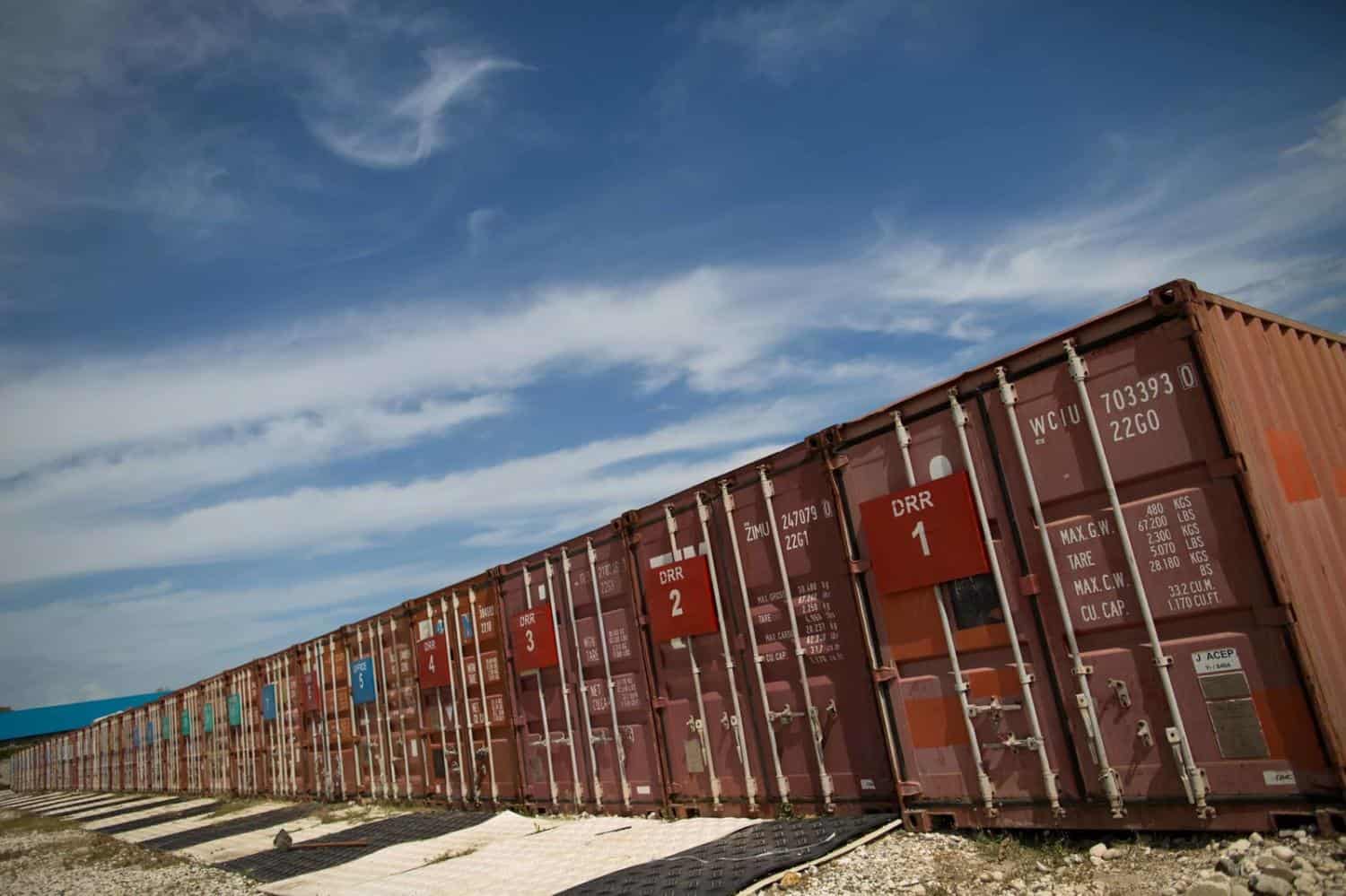Earlier this month, USAID announced additional support to the Pacific Island economies, focusing on inclusive and sustainable economic growth and climate change. This is one of the many programs being funded by USAID and other development partners to help the region tackle its vulnerabilities including climate finance, economic development and gender equality.
But as capital flows into the Pacific Islands region in various forms, including via aid and investment, one critical question to ask is how much of that money will trickle down to the people and projects facing these social and environmental realities.
The risk is that much will leak into the layers of agencies themselves, for example to fund the countless number of studies undertaken for donors or their agents to do what they think is best for the region. Experience shows they often end up operating in silos, dictated by broader themes and scale.
Power is always in the hands of those that hold capital. In the context of aid and development, particularly in the Pacific, this has historically led to inequity, such as “blackbirding” during the colonial era or even now with the exploitation of women in the informal sector. Resources have also been extracted without proper recompense – Panguna mine in Bougainville is only one of numerous examples.
And in the bigger picture, that of the global environment, this leads to the common refrain that those countries which benefited most from policies that led to climate change are not the countries that face the most immediate risks.
Today, accessing capital being allocated to the Pacific is proving to be so complex that it has ended up creating an industry of its own. Scoping reports, concept designing, “capacity building” and other types of technical assistance all compete for support. The ethical masking of policies leads to claims of “greenwashing” environmental impacts or “pinkwashing” gender concerns.
Don’t get me wrong. I have been fortunate enough to work with development partners, change makers and many aspiring entrepreneurs over the years. So much incredible work is being done to build and strengthen ecosystems and communities in the Pacific. Community enterprise and shared risks models have led to groundbreaking themes emerging to shift power into the hands of those facing the climate and development challenges, allowing them to design their own solutions that consider more equitable and sustainable practices. Examples include the PHAMA Plus-supported cold chain storage in Fiji that allows local exporter and smallholder farmers in Taveuni to ensure their produce lasts longer, while strengthening supply chains. In other areas, aggregator models such as Women In Business Development Inc in Samoa help entrepreneurship, development and access to larger markets.
Success needs to be redefined to being less heavy with quick targets or outcomes.
But there is also an urgent need to change the way most capital flows into the Pacific to ensure more money reaches those being targeted – the coastal village whose food supply and income streams are being depleted, or the women’s group that cannot secure finance for an oil presser.
Solutions in some instances are likely to cost a fraction of the money spent at present on the solutions-designing process, because the Pacific Island economies offer so many small-scale initiatives that could change livelihoods. Moving money to finance a warehouse, for instance, can make a huge difference to a community. It should not be burdened by reams of documentation and project consultants and ongoing reporting.
A more holistic approach is needed when it comes to financing. Consider when a smallholder farmer is being encouraged to transition to more sustainable methods, for example, and the squeeze on their margins that stops them from earning a decent living. Success needs to be redefined to be less heavy with quick targets or outcomes. It must be measured beyond the number of entrepreneurs attending incubator or accelerator programs, to include how many of those entrepreneurs have since been able to operate independently by accessing the right type of support and finance.
That means shifting the locus of power, which is a difficult bias to overcome when the capital rests with the donor, while the risks – and often the knowledge – with the recipient. But this is what is meant when talking about putting responsibility into the hands of the communities for locally led projects.
Fundamentally, this calls for better coordination and collaboration among the funders and capital providers. Development partners are an important pillar for strengthening the Pacific, but we are failing to maximise its impact with fragmented approaches and overlapping responsibilities of agencies. The answer might be in pooling together all the money being allocated to the Pacific by different development partners over the next decade, mapping national priorities, and assigning them to the suitable agencies that can deliver the most effective interventions for individual nations and the region as a whole – even at the risk of producing more reports.
One thing is certain – if we do not reframe how the flows of capital are coordinated and mobilised in the coming years, there won’t be much to show for the billions the Pacific receives.
This article appeared first on The Interpreter.
Jinita Prasad is a financial sector consultant and she currently serves on the boards of VB Holdings Ltd, a publicly listed company in Fiji, and Urgent Action Fund Asia and Pacific.
The opinions expressed in this article are those of the author and do not necessarily reflect the opinions of this publication.
